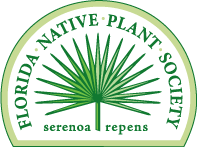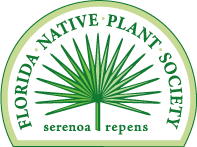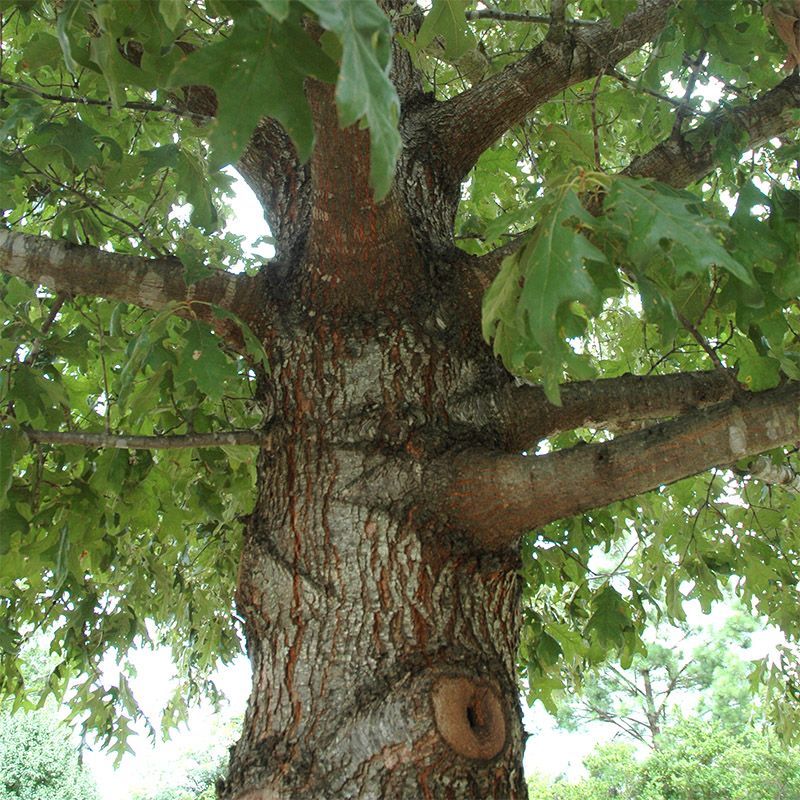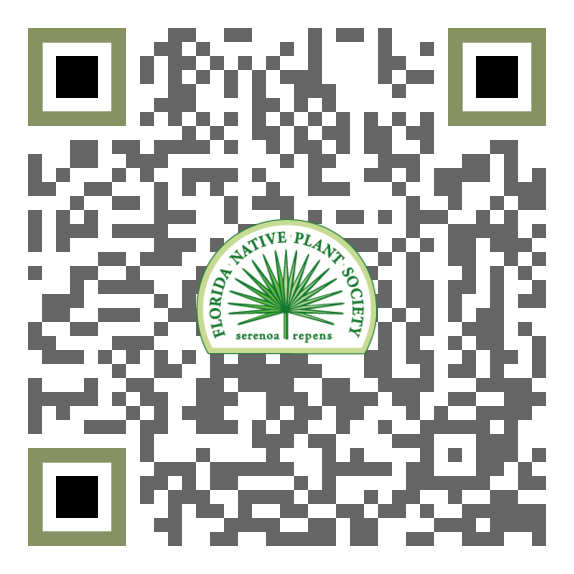FNPS Plant Database
Quercus pagoda
Nomenclature
Common Name:
Synonym(s):
Genus species:
Family:
Fagaceae
Plant Specifics
Form:
Size:
Life Span:
Long-lived perennial
Flower Color:
Fruit Color:
Phenology:
Noted For:
Landscaping
Recommended Uses:
Considerations:
Availability:
Propagation:
Light:
Moisture Tolerance:
Always Flooded---------------------------------Extremely Dry
□□□□□□□□□□□□■■■■■■■■■■■■■■■□□□□□□□□□□□□□□□
Usually moist, occasional inundation -to- Not wet but not extremely dry
Salt Water Flooding Tolerance:
Unknown
Salt Spray/Salty Soil Tolerance:
Low/no tolerance of salty wind or direct salt spray
Soil or Other Substrate:
Sand, Clay, Loam
Soil pH:
Suitable to Grow In:

USDA zones are based on the average annual extreme minimum winter temperature.
Don't know your zone? Click here to search by zip code.
Ecology
Wildlife:
Host plant for the banded hairstreak, Edwards' hairstreak, gray hairstreak, white-M hairstreak Horace's duskywing and the Juvenal's duskywing butterflies.
Other insect feeders include leafhoppers, aphids, treehoppers, lace bugs, plant bugs, leaf beetles, weevils, long-horned beetles, gall wasps, walkingsticks, and moth caterpillars
- Acorns are eaten by woodpeckers, white-breasted nuthatches, blue jays, ducks, small mammals, wild turkeys, white-tailed deer and black bear
- Provides cover to birds and squirrels for resting and nesting
.
Native Habitats:
Natural Range in Florida:
Visit the USF Libraries Atlas of Florida Plants
Comments:
Ethnobotany:
General Comments:
Citations:
Huegel, Craig, N. 2010. Native plant landscaping for Florida wildlife. University Press of Florida, Gainesville, FL. (wildlife uses)
Minno, Marc and Maria Minno. 1999. Florida butterfly gardening. University Press of Florida, Gainesville.
Wunderlin, R. P., B. F. Hansen, A. R. Franck, and F. B. Essig. 2021. Atlas of Florida Plants ( http://florida.plantatlas.usf.edu/ ). Institute for Systematic Botany, University of South Florida, Tampa.







